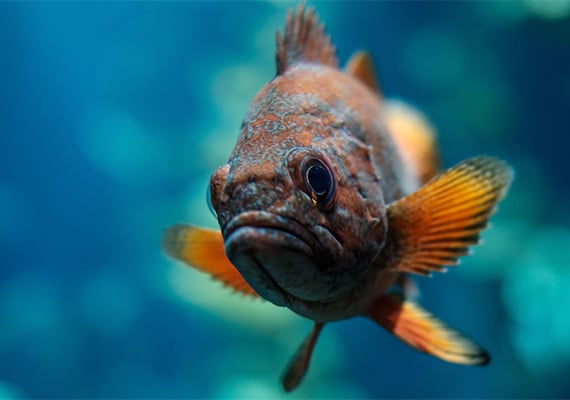As our understanding of the relationship between temperature and fish size continues to evolve, we're working to uncover potential solutions to mitigate these effects.
In research published in June 2023, we explored differences in growth rates between individual fish of the same species.
One of our key questions was whether certain physiological traits might enable some individual fish to better withstand the temperature–size rule and be less affected by climate warming.
Our research found significant variability across individual fish, suggesting that some fish may be more resilient to temperature changes. However, we are still working to understand how this variability can be leveraged to help future-proof fish populations.
As we look ahead, the implications of shrinking fish populations become even more critical. Fisheries and aquaculture industries face new challenges that require proactive measures.
Fish can’t shrink forever, and if they do, the consequences for ecosystems and industries will be severe. There is a minimum size that each species must reach to maintain viable populations.
If species hit their specific thermal limits in particular locations, they may no longer be able to reproduce and could cease to exist in those areas. If their entire habitat range becomes too warm, some species could face extinction.
These considerations of shrinking fish and shifting thermal habitats will be crucial for the sustainability of fisheries and aquaculture industries in a future marked by more extreme climate events. Our ongoing efforts to quantify and forecast these impacts will help industries and resource managers adapt to and prepare for climate-related disruptions.
This article was written by Deakin researcher Associate Professor Timothy Clark and has been republished from The Conversation under a Creative Commons license. Read the original article here.


